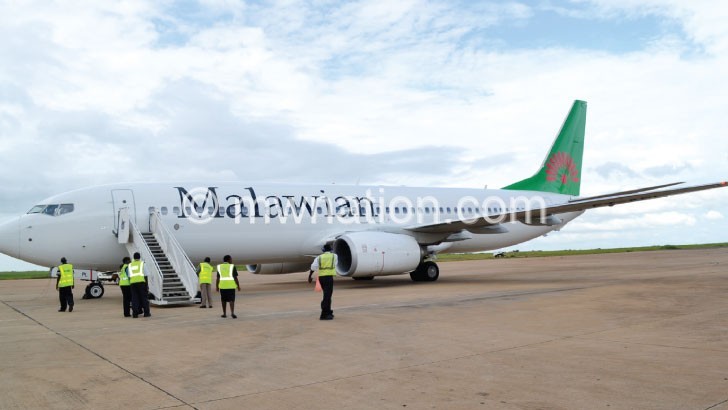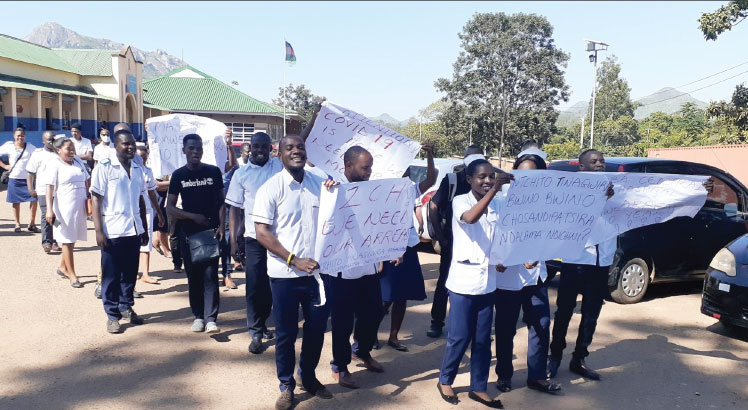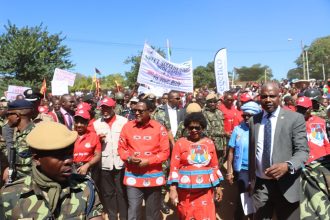The evolution of transport and logistics
To start with, let me give a brief history about transport systems in Malawi and in sub-Sahara Africa and the reason road appears as the dominant mode.
The evolution of transport in Africa is well understood when a historical approach is applied. We then distinguish three eras: the pre-colonial, the colonial and the post-colonial periods.

The pre-colonial period is marked by low infrastructure development. The colonial period saw a development of differentiated areas and cities where rulers live and sub-urban and rural where most indigenous people live.
In this period, most transport infrastructures were built by colonial masters. Most roads were built in places where civil servants lived and few linking residential areas and farms. Exploitation of natural resources was one of the main reasons for colonisation as labourers and transport infrastructures were needed.
Railways were built to transport cotton, rubber, coal, diamond, gold and many more from mines located in mainland to the coastal areas where they could be shipped to Europe.
And air transport, once seen as a sign of economic prosperity and instrument of sovereignty, is far from being competitive. Maritime transport is mainly on coastal areas and still controlled by foreign companies like MSC and CMACGM.

After independence, most countries decided to build infrastructure that needed to connect parts of the country and sustain economic growth. Then the rail that was seen as a priority was relegated to second position. Then there is road transport favoured by people with low purchasing power. This is how the road progressively became the main mode of transport.
In this article I am going to specifically talk about freight and passenger transport in Malawi and across the border.
While road transport has its own advantages like lower cost, it also provides door-to-door service. But there are disadvantages too such as safety concerns and traffic congestion which cause delays. Again, roads are subject to wear and tear over time and require periodic maintenance. It is also subject to weather conditions like storms which can cause delays and disruptions.
Solutions to road transport challenges
Transportation problems are frustrating, but they are not insoluble, especially to determined planners with right tools at hand.
Here are some major solutions to the transportation challenges:
Development of additional road capacity:
We need to expand road capacity, especially in urban areas, by building new roads to increase urban sprawl and traffic. The road upgrades also save the running costs of vehicles, improve safety and decrease accidents. Better roads and infrastructure, whether newly-built or rehabilitated, have long-term positive effects on economic activities and development. Conventionally, most commercial activities, including transportation, follow new or reconditioned roads such as the Mangochi Highway in Eastern Region.
Traffic management measures
This includes lane closures, detours, pedestrian access, traffic plans, emergency access routes and introduction of toll fees. In some countries like South Africa, tolls also act as a form of congestion charge. It rations the use of the road to those with the highest need to travel. The rapid increase of cars, especially Sientas, motorcycles and minibuses on our roads is simply unsustainable and becoming a strain on economic and social development. The management of urban transport is a real headache. Often, authorities intervene only to regulate or collect taxes, the structuring being left to carriers who manage to find solutions. To defend their interests, they are often organised in trade unions or associations like Minibus Association of Malawi whose relations with authorities are often tumultuous.
Government must also deal with parking issues as they don’t just impact drivers, but also the economy.
Promoting public transport
Public transportation is safer, cheaper and more fuel-efficient than private vehicles. Improving the public transportation systems in cities should be a top priority for planners. Government through the Ministry of Transport must invest and reintroduce city line buses that will also help ease transport problems.
There is also need for the government to provide professional driving trainings, especially for passenger transport drivers like motorbikes, minibuses and Sientas, for safety driving and reducing fraudulent driving. Traffic police must continue to focus on maintaining traffic safety and efficiency on the roads by checking whether vehicles or motorcycles are fit and road-worthy.
Build new modern bus terminals
Government must build modern bus terminals to serve as major transport hubs that will play a pivotal role in the integration of transport modes like the Johannesburg Park Station in South Africa. Bus stations like Wenela, Blantyre Bus Stands, Lilongwe and Mzuzu are old, small and in bad shape. They also need to be relocated to provide new, modern mobility hubs within a high-grade urban space.
Managing forex reserves and stock up on fuel
Shortage of foreign currency is sometimes preventing government from importing fuel on a cash basis. Fuel shortages affect business operations, public and private transport services.
The problem is largely structural emanating from imbalances between the country’s limited capacities in generating foreign exchange and insatiable appetite for imports. As a country, we need to become more of a producing economy than consuming one. Developing major farms and exporting more is an ideal solution to improving forex reserves. Government must also control the illicit exports of various agricultural commodities that has made us lose about $700 million in a year, according to the Ministry of Finance. There is need to have fuel stocks to avoid shortages.
Improving corridor delays on cross-border transport
Good transport can bring African countries closer and support their economies.
Challenges, including high operational costs, inadequate infrastructure, corridor management systems, language barriers, accidents, currency exchange rate fluctuations and delays in customs clearance can be the thing of the past.
To overcome cross-border challenges, the authority and logistics exports need to be open to exploring new ideas like maximising the use of technology, synchronising and building strong partnerships in the supply chain, building modern infrastructure borders, working with professional logistics companies, using single transit document for easy and less paper work.
The ability of a country or a region to facilitate seamless movement of freight, people and services in time and at low cost is a key determinant of its global economic competitiveness and trade facilitation capability.
Therefore, critical thinking and innovative ideas from various actors—both private and public, will be important to bring solutions to most issues.





